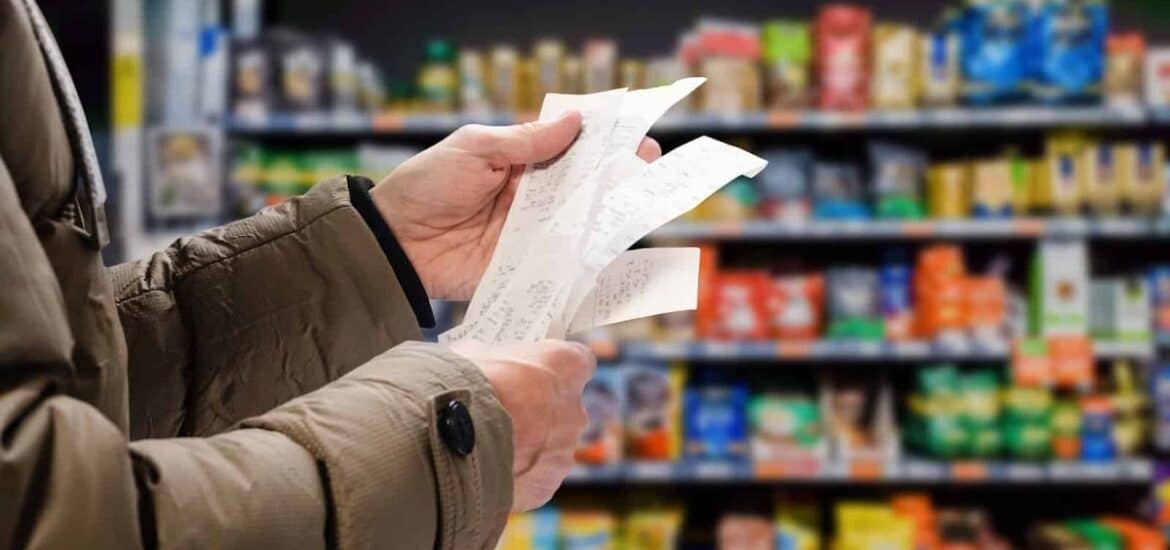In today’s market, consumers are often faced with the frustrating reality of paying more for products that seem to offer less value than before. From shrinking package sizes to reduced product quality, here are 18 examples of products that demonstrate this trend, leaving consumers feeling like they’re getting less bang for their buck.
#1. Breakfast Cereal

Many breakfast cereal brands have reduced the quantity of cereal inside, offering smaller boxes at the same price point. For example, a box that used to contain 16 ounces of cereal may now only contain 12 ounces, leaving consumers paying the same price for 25% less product.
#2. Potato Chips
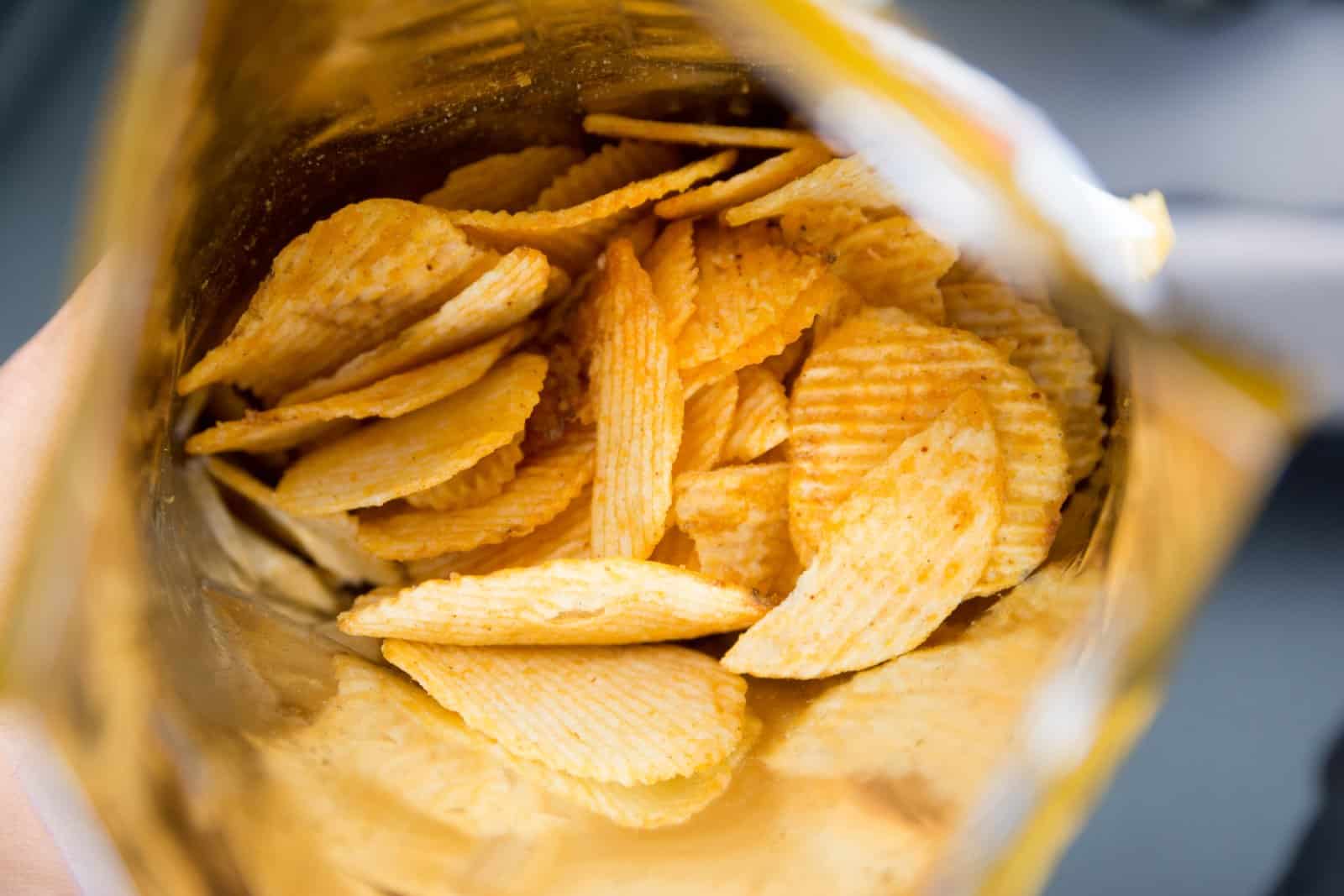
Bags of potato chips are notorious for containing more air than actual chips, resulting in smaller quantities of chips per bag. While the price remains unchanged, consumers may find themselves paying for 50% air and 50% chips, leading to a feeling of being shortchanged.
#3. Chocolate Bars
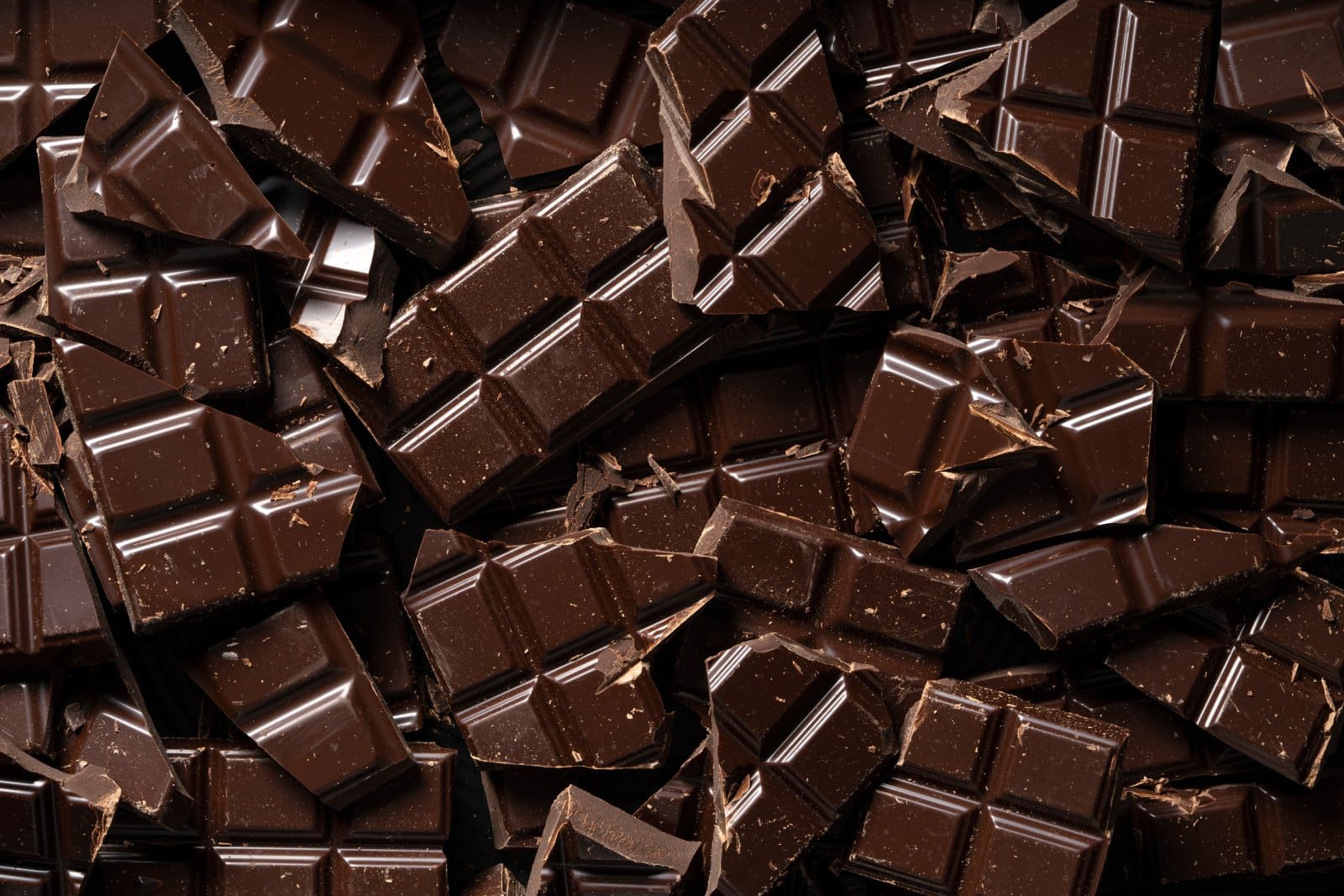
Chocolate bars have been shrinking in size while prices remain the same. For instance, a chocolate bar that used to weigh 3.5 ounces may now weigh only 2.5 ounces, leaving consumers paying the same price for 28% less chocolate.
#4. Ice Cream

Tubs of ice cream have been downsizing, with some brands reducing their volume by several ounces while keeping prices steady. For example, a tub of ice cream that used to contain 48 ounces may now only contain 40 ounces, resulting in consumers paying the same price for 17% less ice cream.
#5. Yogurt Cups
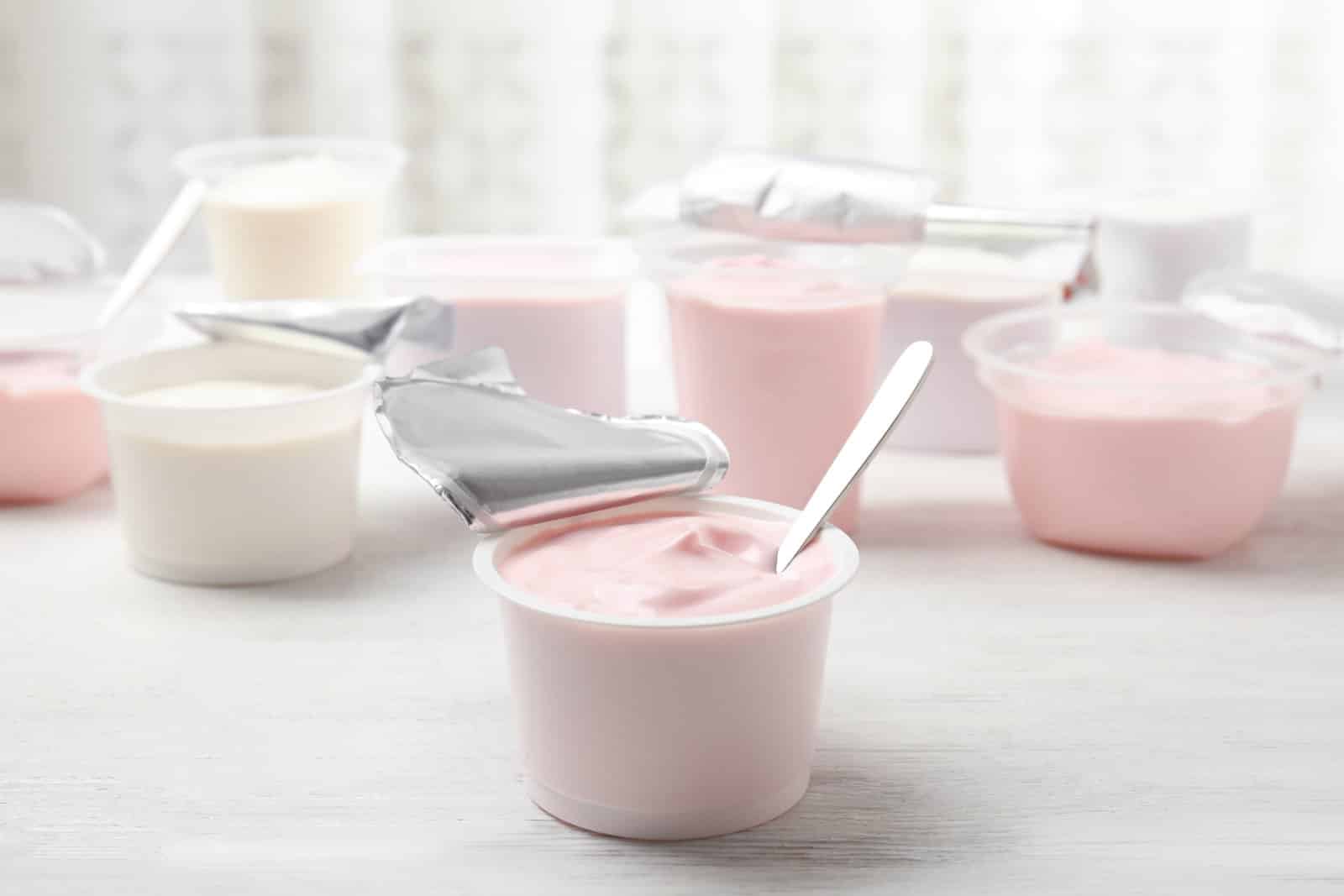
Yogurt cups have been shrinking in size, with some brands reducing the amount of yogurt in each container while maintaining the same price. For instance, a yogurt cup that used to contain 8 ounces of yogurt may now only contain 6 ounces, leaving consumers paying the same price for 25% less yogurt.
#6. Candy Bars
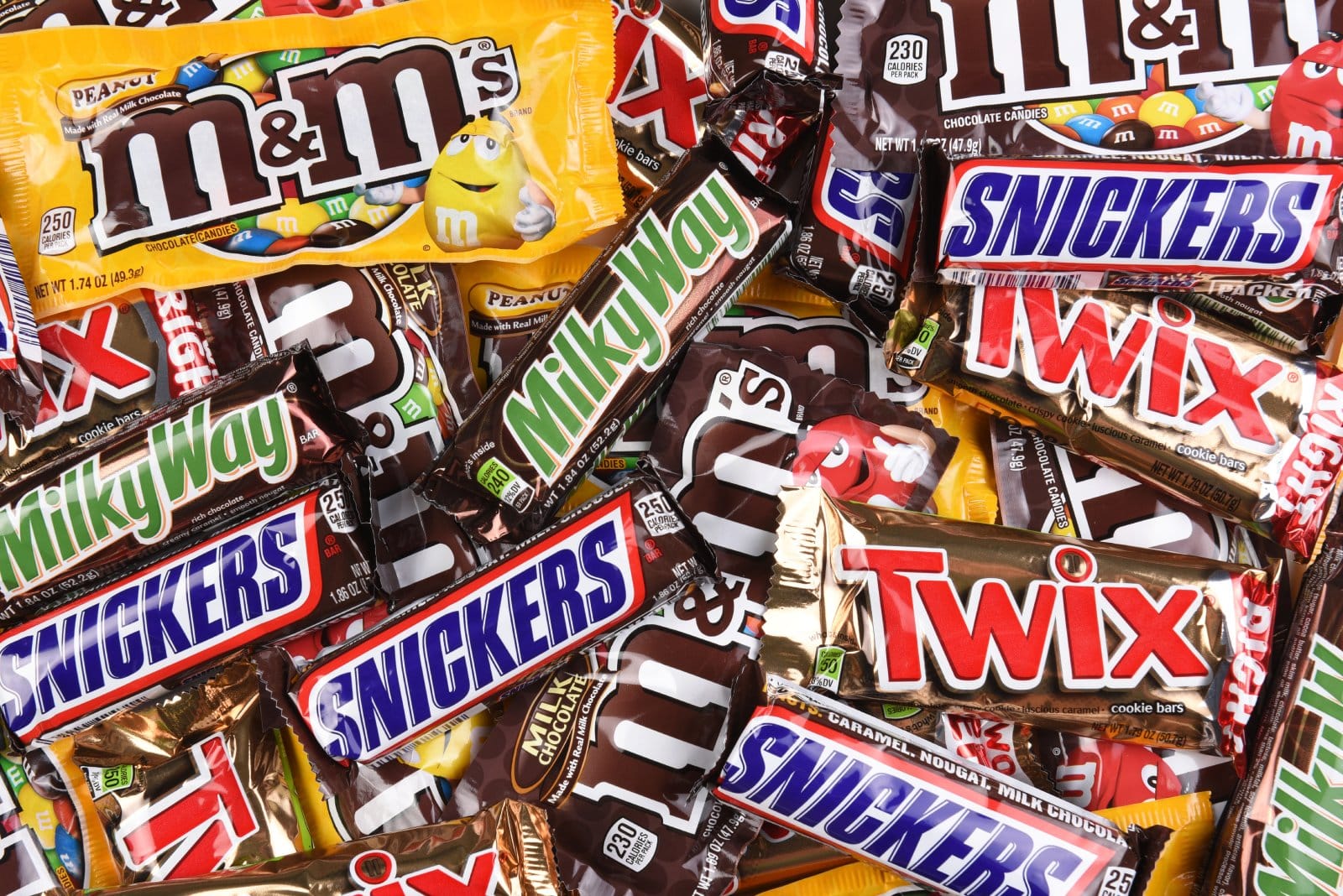
Candy bars have undergone downsizing, with many brands reducing the size of their bars while keeping prices unchanged. For example, a candy bar that used to weigh 2.5 ounces may now weigh only 2 ounces, resulting in consumers paying the same price for 20% less candy.
#7. Bottled Water
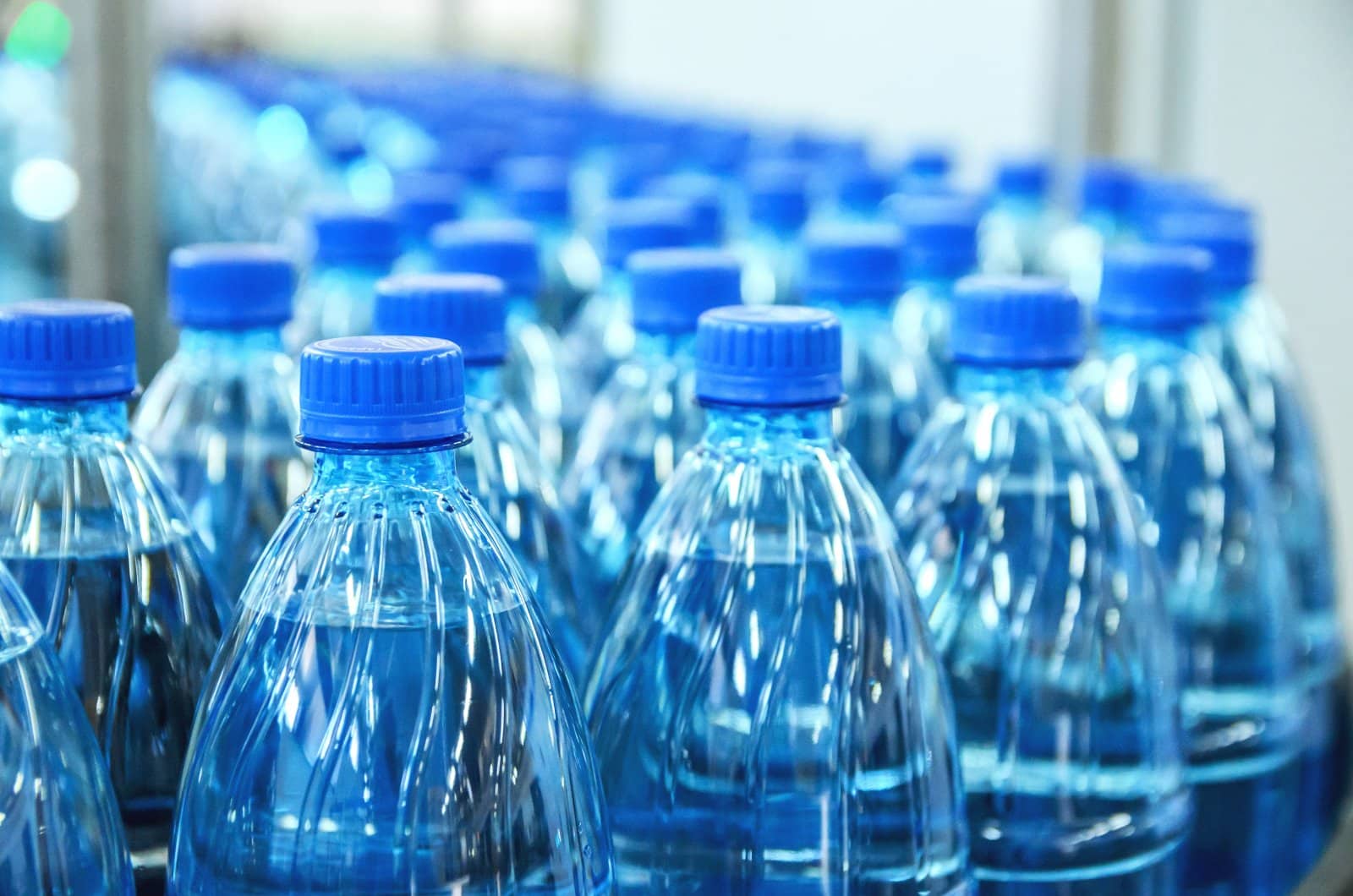
Bottles of water have been shrinking in size, with some brands reducing their volume by several ounces while keeping prices constant. For instance, a bottle of water that used to contain 20 ounces may now only contain 16 ounces, leaving consumers paying the same price for 20% less water.
#8. Toilet Paper Rolls
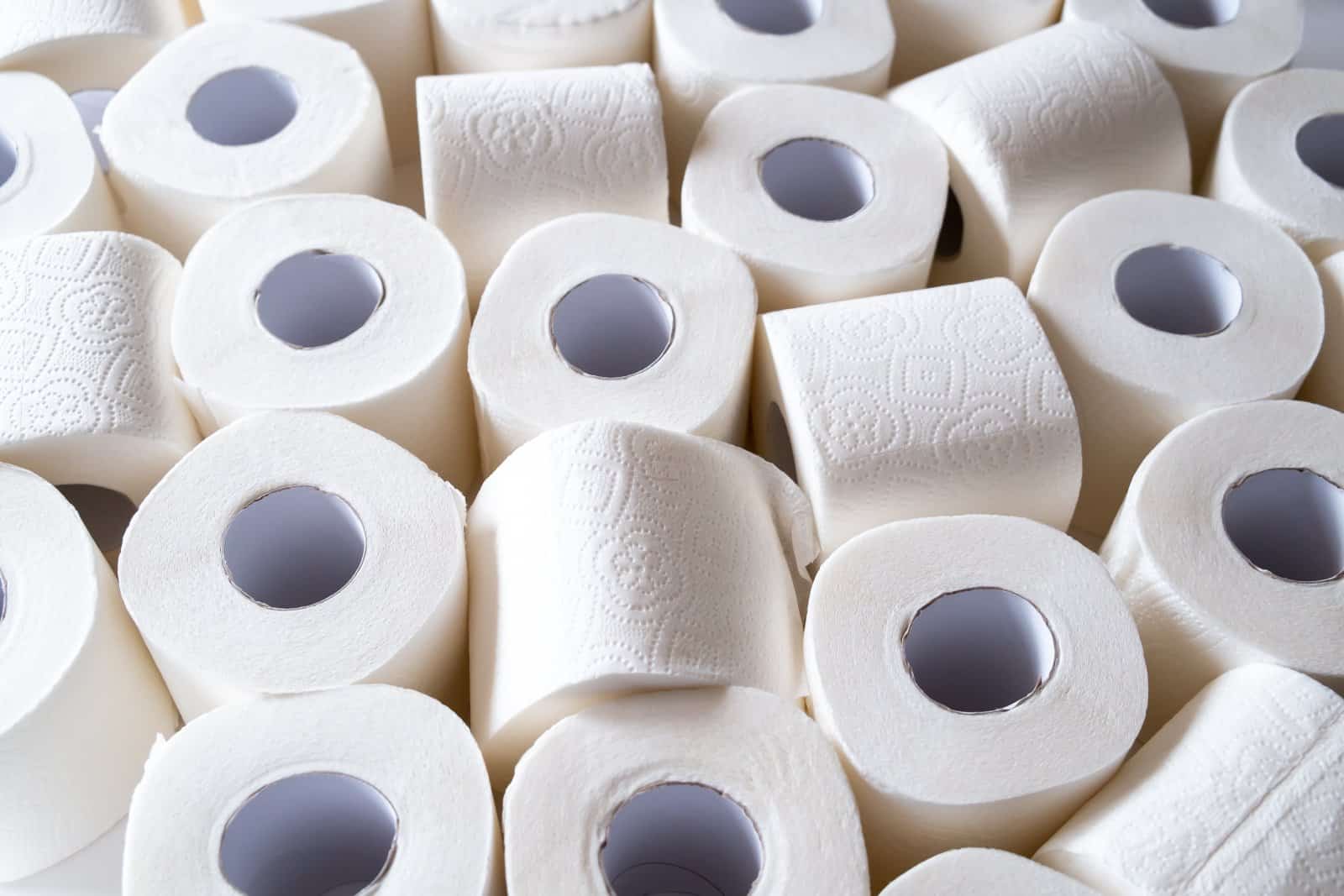
Toilet paper rolls have been shrinking in width, with some brands reducing the number of sheets per roll while maintaining the same price. For example, a roll of toilet paper that used to contain 400 sheets may now only contain 350 sheets, resulting in consumers paying the same price for 12.5% fewer sheets.
#9. Paper Towel Rolls

Paper towel rolls have undergone downsizing, with some brands reducing the number of sheets per roll while keeping prices steady. For example, a roll of paper towels that used to contain 100 sheets may now only contain 80 sheets, leaving consumers paying the same price for 20% fewer sheets.
#10. Laundry Detergent
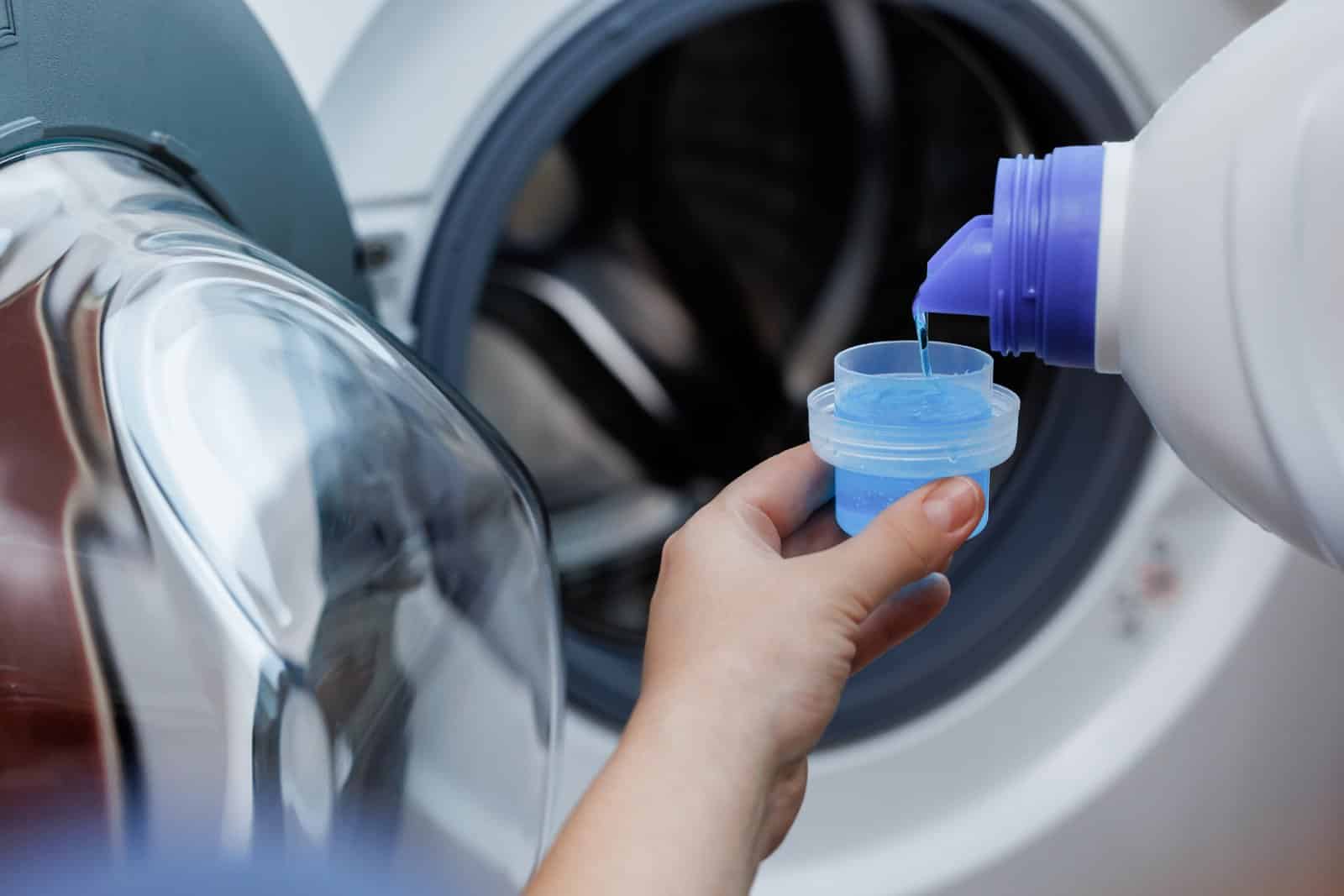
Bottles of laundry detergent have been shrinking in size, with some brands reducing their volume while maintaining the same price. For example, a bottle of laundry detergent that used to contain 100 ounces may now only contain 80 ounces, resulting in consumers paying the same price for 20% less detergent.
#11. Dish Soap
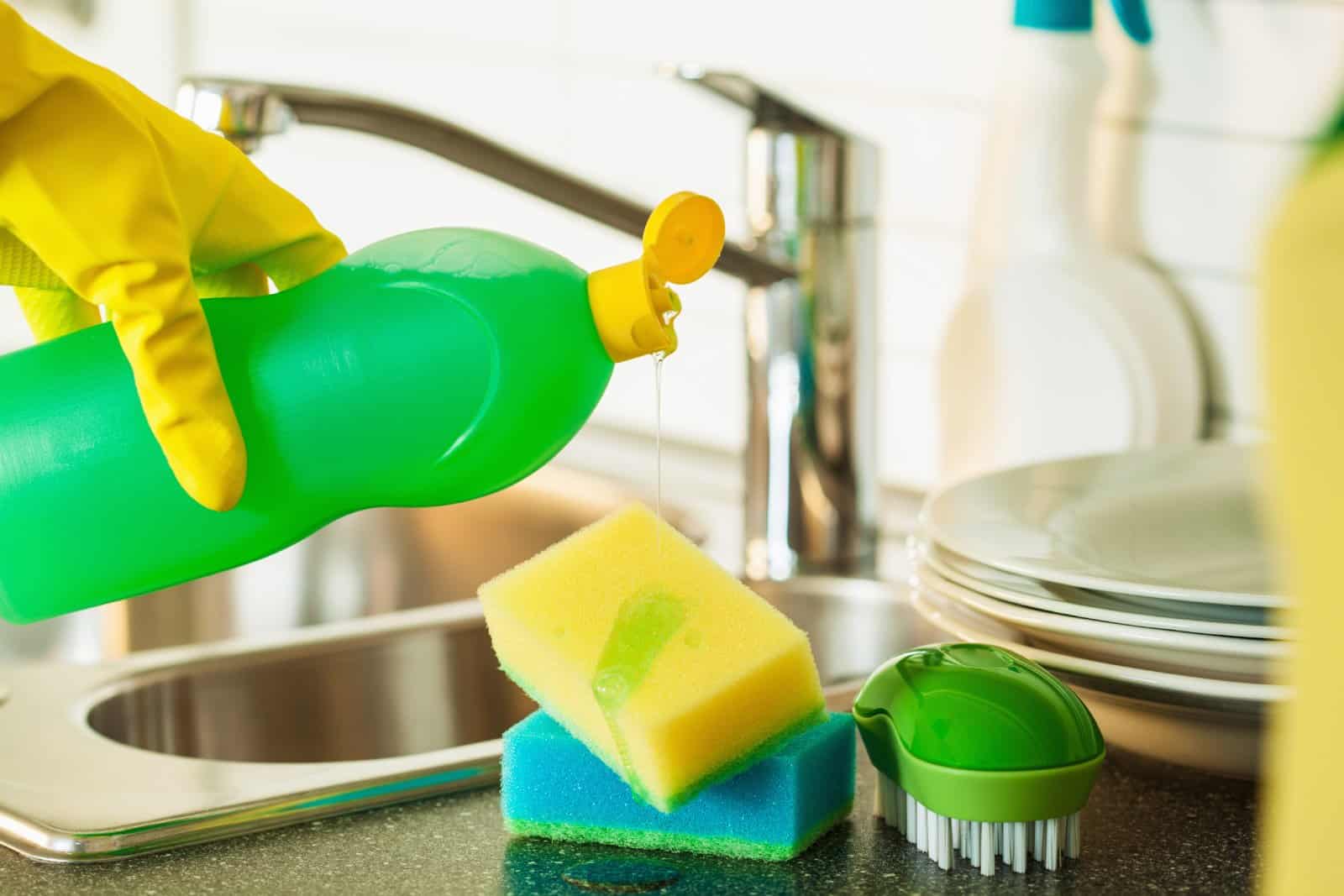
Bottles of dish soap have undergone downsizing, with some brands reducing their volume while keeping prices unchanged. For example, a bottle of dish soap that used to contain 24 ounces may now only contain 20 ounces, leaving consumers paying the same price for 20% less soap.
#12. Shampoo Bottles

Bottles of shampoo have been shrinking in size, with some brands reducing their volume while maintaining the same price. For example, a bottle of shampoo that used to contain 16 ounces may now only contain 12 ounces, resulting in consumers paying the same price for 25% less shampoo.
#13. Conditioner Bottles

Bottles of conditioner have been downsizing, with some brands reducing their volume while keeping prices steady. For example, a bottle of conditioner that used to contain 16 ounces may now only contain 12 ounces, leaving consumers paying the same price for 25% less conditioner.
#14. Snack Packs
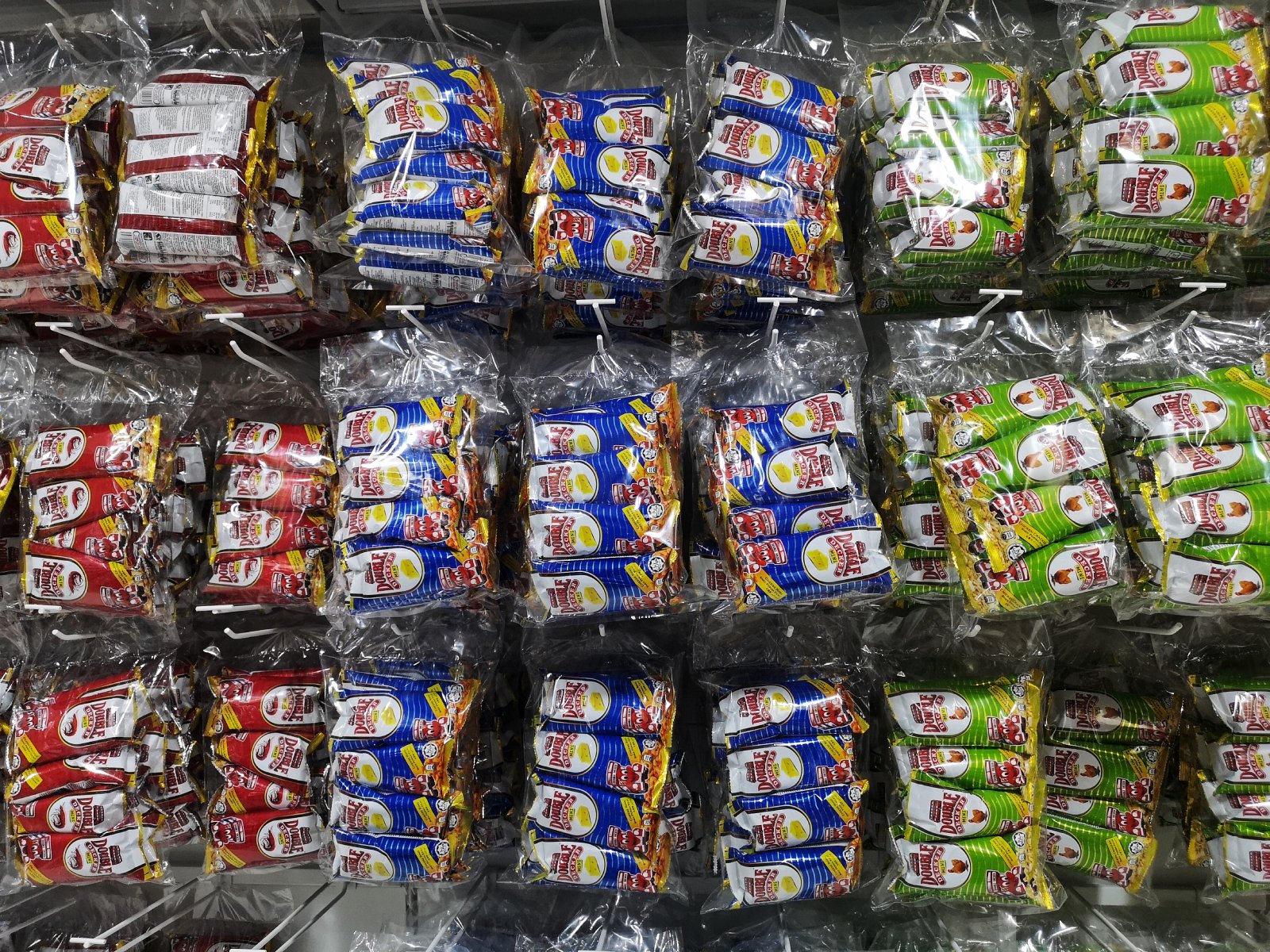
Snack packs have been shrinking in size, with some brands reducing the number of snacks per pack while maintaining the same price. For example, a snack pack that used to contain 10 snacks may now only contain 8 snacks, resulting in consumers paying the same price for 20% fewer snacks.
#15. Frozen Meals
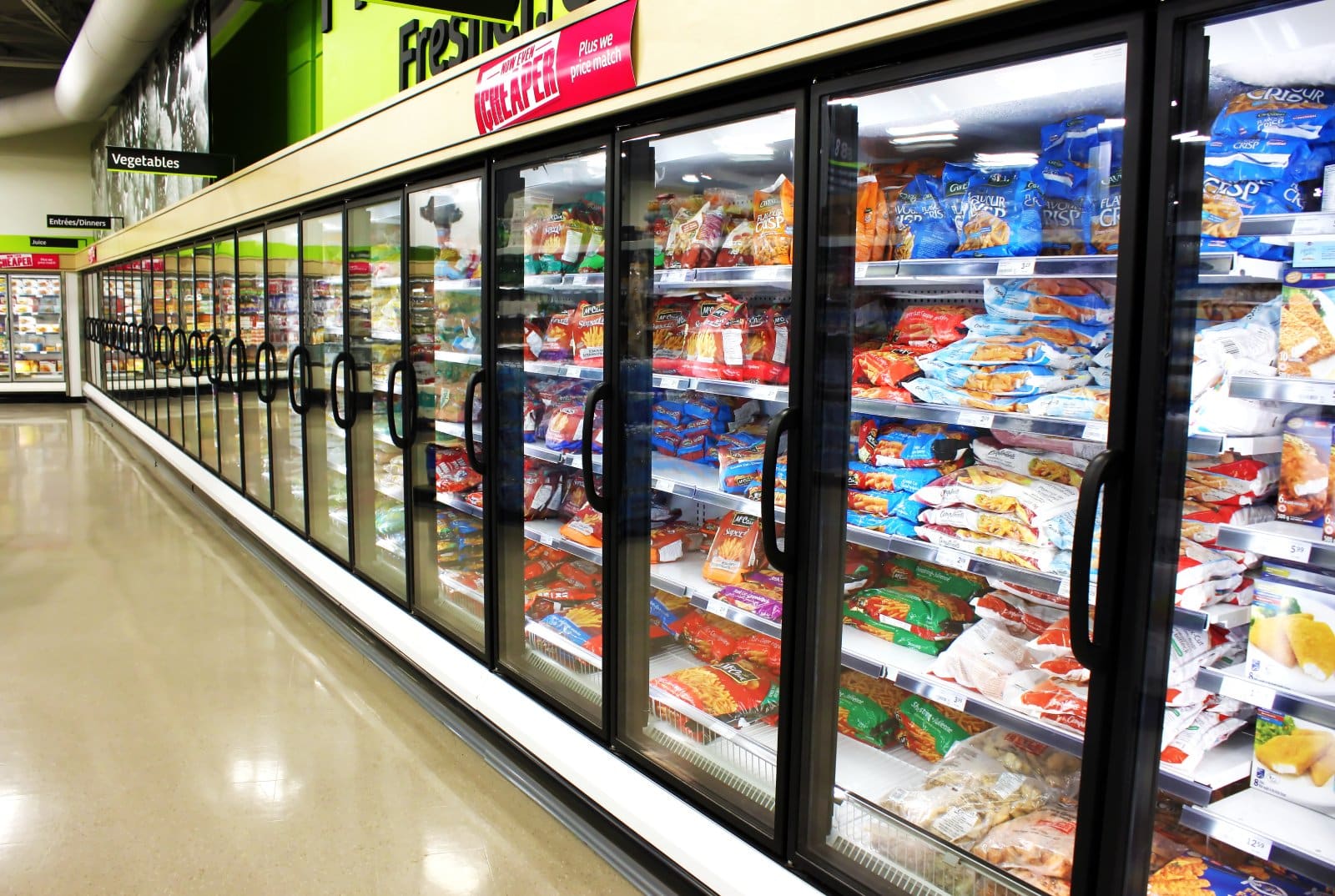
Frozen meals have undergone downsizing, with some brands reducing the portion sizes while keeping prices constant. For example, a frozen meal that used to contain 12 ounces of food may now only contain 10 ounces, leaving consumers paying the same price for 16.7% less food.
#16. Bottles of Soda
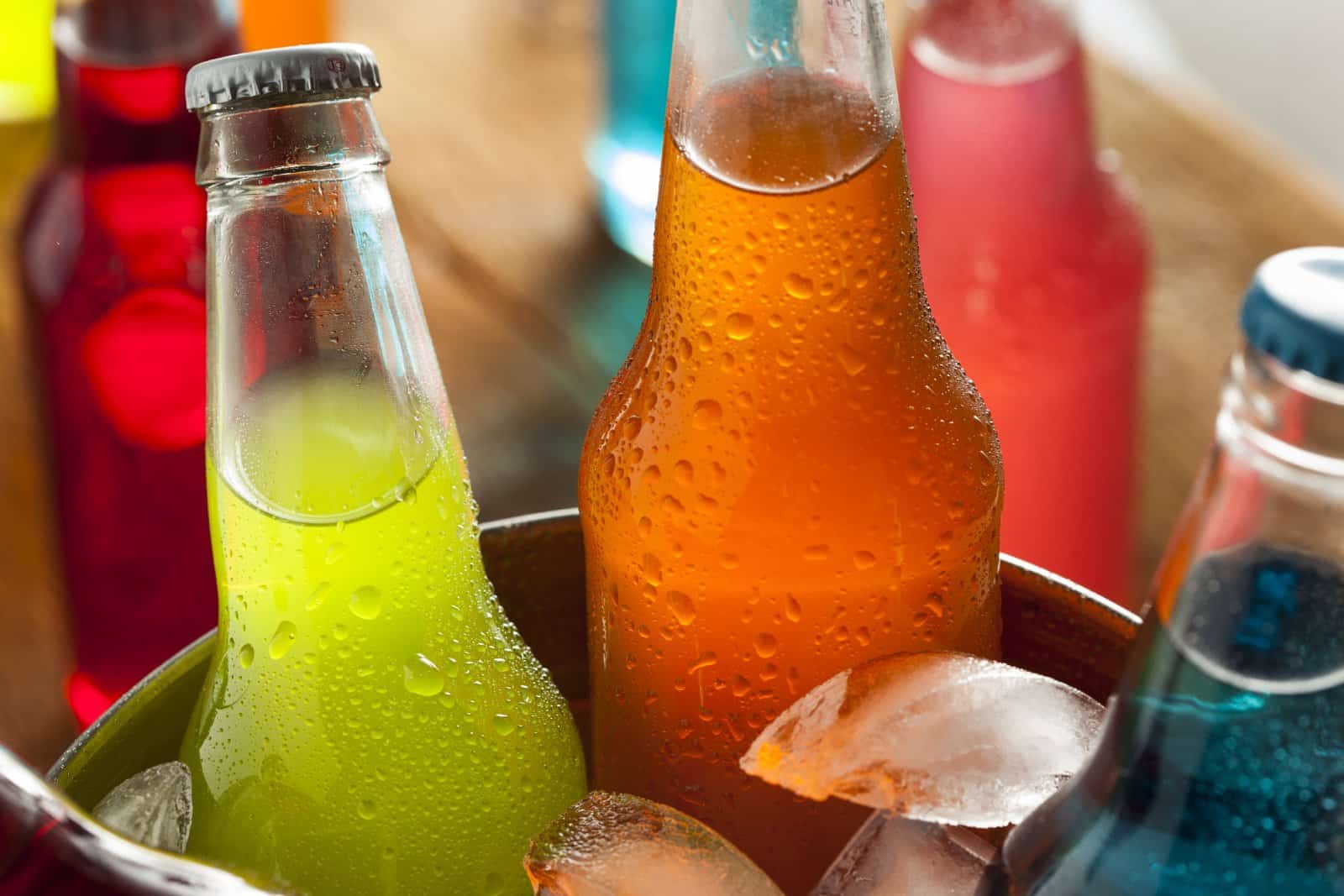
Bottles of soda have been shrinking in size, with some brands reducing their volume while maintaining the same price. For example, a bottle of soda that used to contain 20 ounces may now only contain 16 ounces, resulting in consumers paying the same price for 20% less soda.
#17. Bottles of Juice
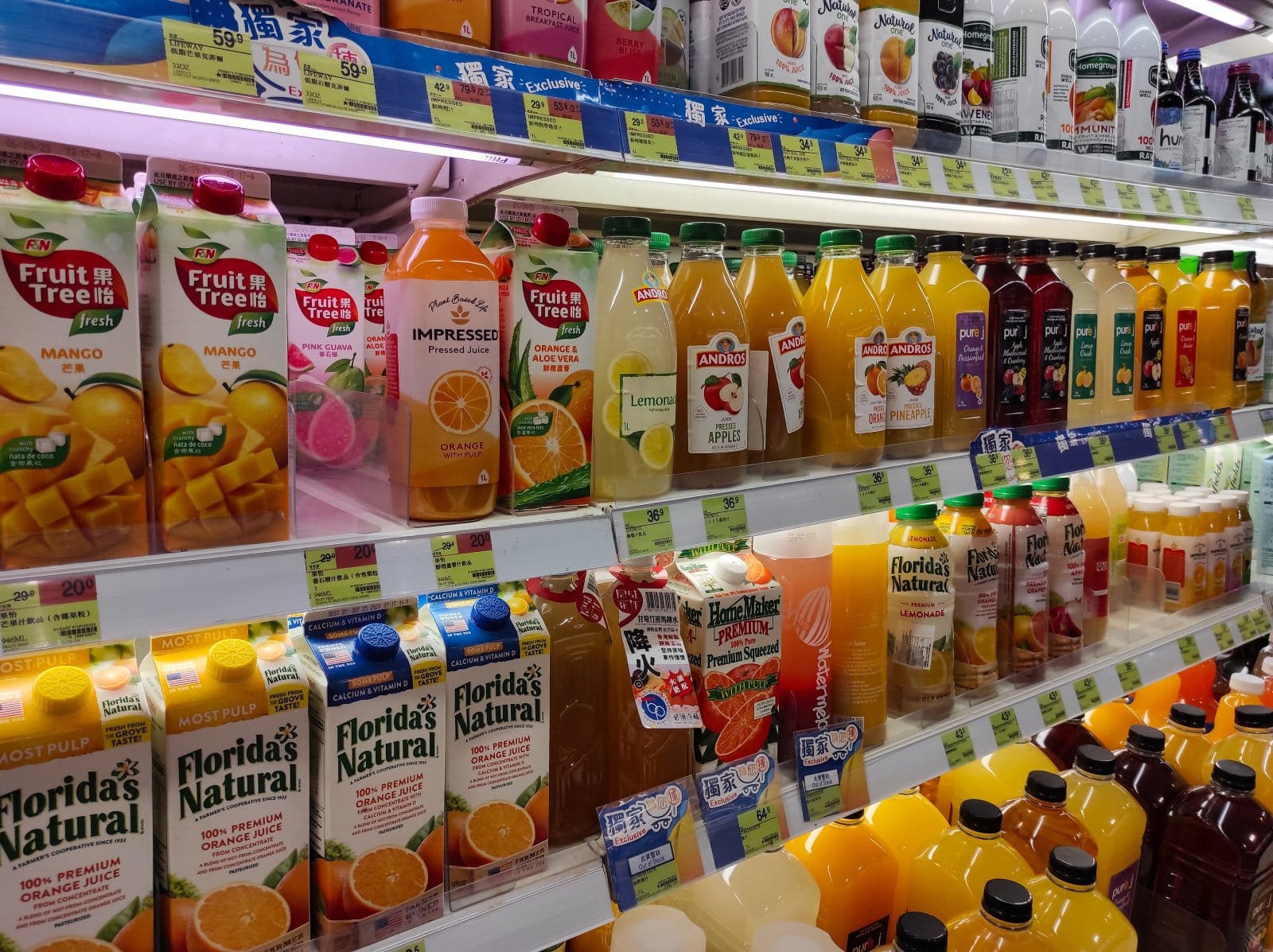
Bottles of juice have been downsizing, with some brands reducing their volume while keeping prices steady. For example, a bottle of juice that used to contain 32 ounces may now only contain 28 ounces, leaving consumers paying the same price for 12.5% less juice.
#18. Canned Soup
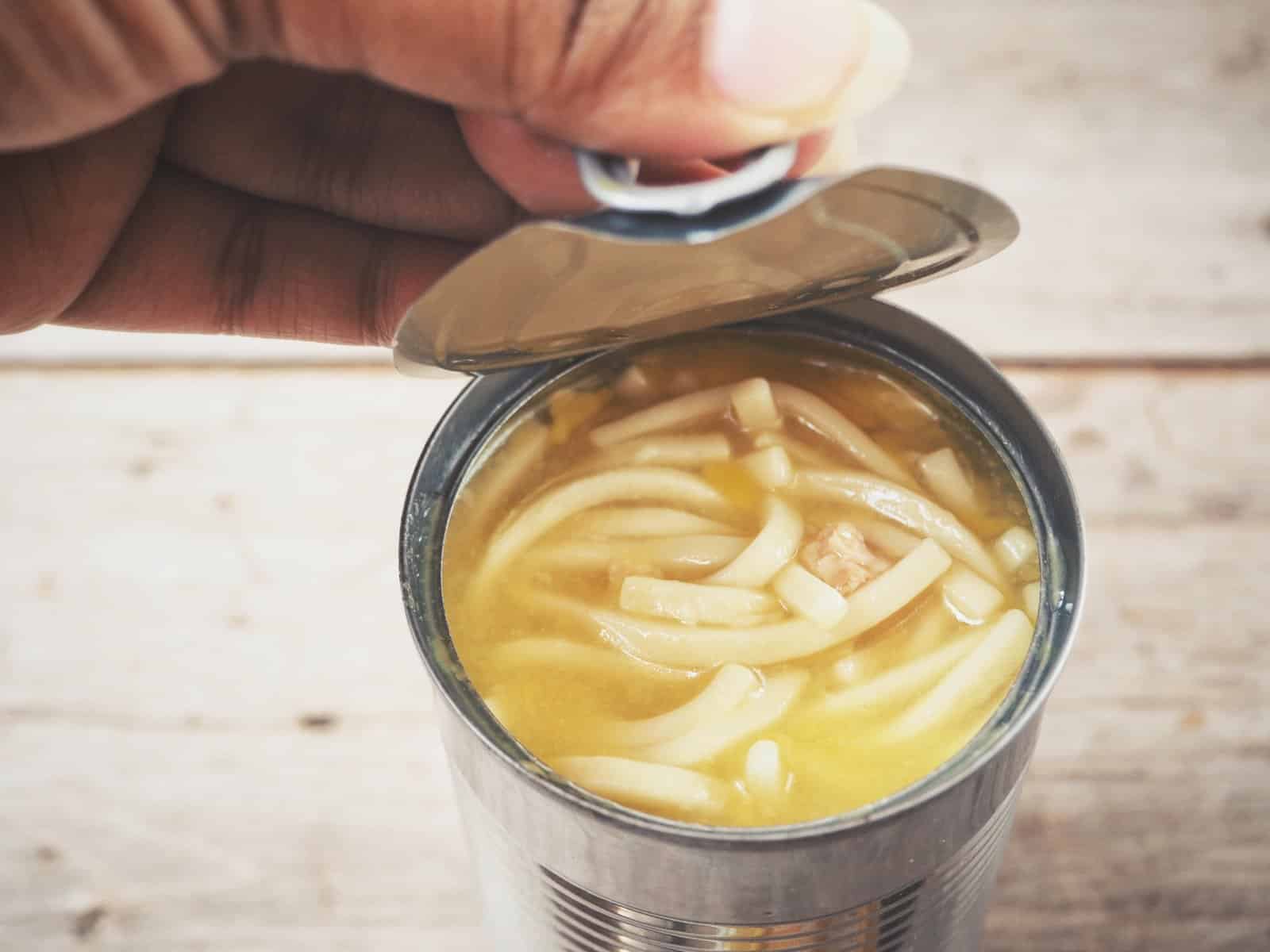
Cans of soup have undergone downsizing, with some brands reducing the portion sizes while keeping prices unchanged. For example, a can of soup that used to contain 20 ounces of soup may now only contain 16 ounces, resulting in consumers paying the same price for 20% less soup.
Shrinkflation at Work

From breakfast cereal to canned soup, many products on the market today illustrate the trend of consumers paying more for less. Whether it’s shrinking package sizes or reduced product quality, these examples serve as reminders of the importance of staying vigilant as consumers and advocating for fair value in the products we purchase.
21 States Where Squatters Can Legally Claim Your Property

Discover how squatters’ rights, or adverse possession, are more than just legal jargon—they’re stories of unexpected twists in the world of real estate. From sunny California to the historical landscapes of Pennsylvania, here’s how these laws could turn the tables on homeowners and squatters alike. 21 States Where Squatters Can Legally Claim Your Property
14 Things That Are Banned in the U.S. but Totally Fine Elsewhere

Ever feel like America’s rulebook was written by someone with a dartboard? Across the pond or down under, things get even wackier. Let’s take a walk on the wild side of global “Do’s” that are definite “Don’ts” in the Land of the Free. 14 Things That Are Banned in the U.S. but Totally Fine Elsewhere
25 American States Nobody Wants to Visit Anymore

Across the United States, some states capture the hearts and itineraries of many, while others remain quietly on the sidelines, overshadowed or misunderstood. These 25 states, facing what you might call a popularity crisis, are brimming with hidden wonders, cultural riches, and natural beauty, awaiting those willing to look beyond the usual tourist trails. 25 American States Nobody Wants to Visit Anymore
20 Foods That Are Cheaper to Eat Out Than Making at Home

In a world where convenience often wins, certain culinary delights come with a lower price tag when enjoyed at a restaurant rather than crafted in your own kitchen. Here are twenty foods that might save you both time and money when indulged in at your favorite eatery. 20 Foods That Are Cheaper to Eat out Than Making at Home
17 Things You’re Paying For, but You Don’t Have To

In the land of the free, there’s a price tag on everything, but savvy Americans know better than to open their wallets for just anything. Here are 17 expenses you’ve been shelling out for without realizing there’s a cheaper or even free alternative. 17 Things You’re Paying For, but You Don’t Have To
The post 18 Rip-Off Products: Paying More, Getting Less first appeared on From Frugal to Free.
Feature Image Credit: Shutterstock / Denys Kurbatov.
The content of this article is for informational purposes only and does not constitute or replace professional financial advice.
